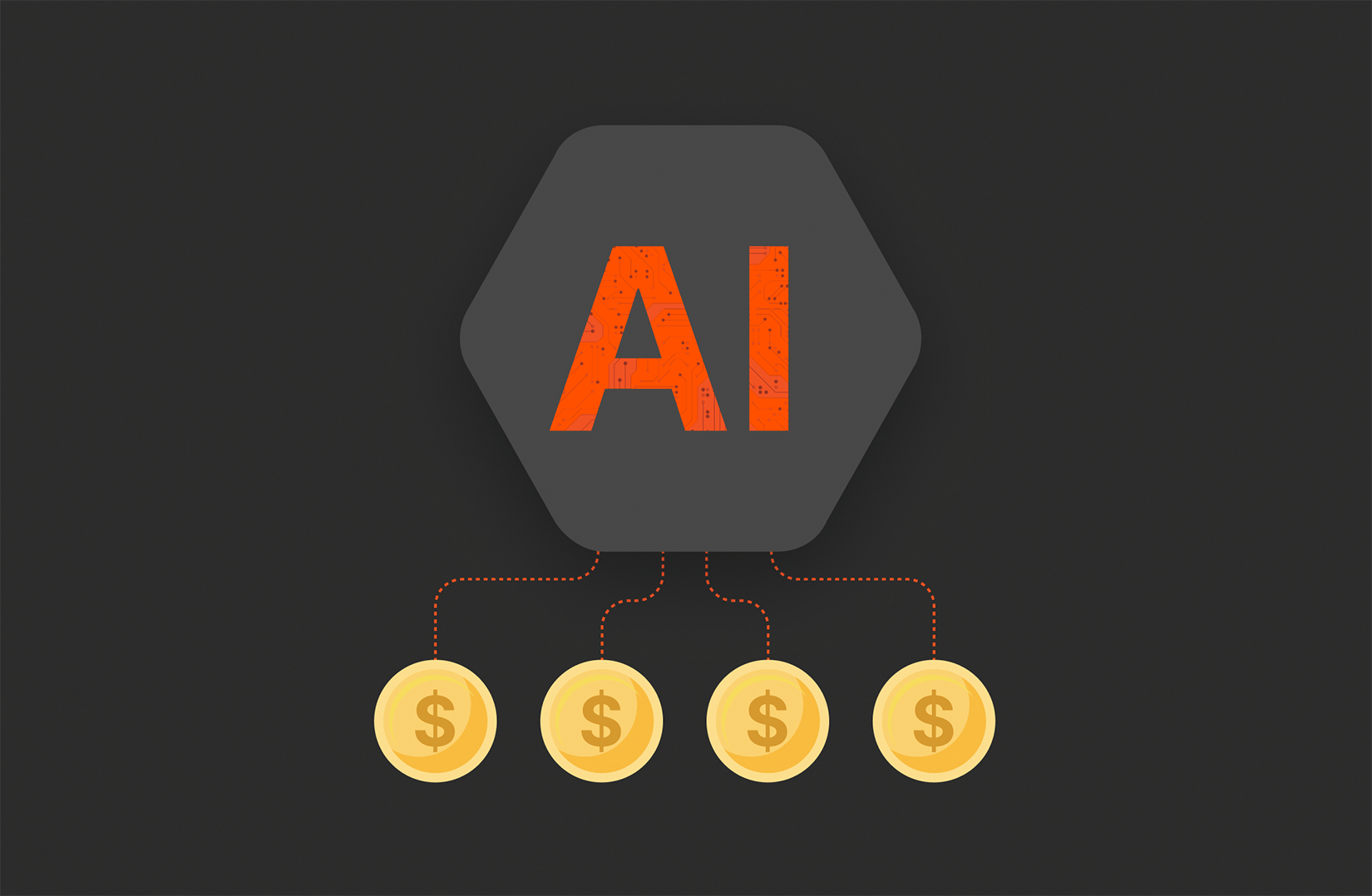Artificial intelligence (AI) has become an essential competitive differentiator in the financial services sector—and we’re still in very early days. Financial institutions that previously experimented with AI are now scaling their implementations across enterprise operations, most notably in these four key areas where AI continues to deliver exceptional value to the sector.
Algorithmic Trading: The Pursuit of Alpha Through Alternative Data
The quest for market-beating returns has driven algorithmic trading innovation for years, but 2025 has witnessed an unprecedented expansion in both the complexity and sophistication of AI trading systems. What distinguishes today’s algorithmic trading platforms is their capacity to process massive amounts of alternative data from sources including retail web traffic, geolocation, satellite imagery, and social media sentiment feeds.
The competitive edge lies in complexity management
The fundamental challenge that separates industry leaders from followers is managing the exponential complexity that arises when combining traditional market data with alternative sources. This complexity is particularly well-suited for deep learning and neural networks, which can identify profitable relationships hidden within diverse datasets.
Financial institutions implementing AI for algorithmic trading in 2025 are seeing several distinct advantages:
- Generation of alpha through identification of hidden data relationships
- Significantly faster time-to-market for new trading strategies
- Increased accuracy with reduced errors
- Real-time adaptation to changing market conditions through continuous learning cycles
As one hedge fund executive recently noted, “The half-life of successful trading strategies continues to shrink. Without AI to accelerate our ability to spot opportunities and deploy capital, we simply couldn’t compete in today’s markets.”
Discover AI-ready Infrastructure for Quantitative Trading
Fraud Detection: AI as the Essential Defense
The acceleration of digital transactions has created fertile ground for fraudsters, with sophisticated attack vectors multiplying faster than traditional systems can respond. According to industry data, while the volume of fraud attempts has remained relatively stable, successful breaches have increased dramatically, costing financial institutions ever-higher amounts per incident.
From mechanical alerts to intelligent anomaly detection
The most significant advancement in fraud detection AI has been the shift from systems that generate countless alerts to intelligent platforms that identify meaningful anomalies. This evolution allows compliance professionals to focus their expertise on investigating genuine issues rather than chasing false positives.
The integration of AI into fraud detection operations delivers multiple benefits:
- Matching the increasing sophistication of fraud attacks with equally advanced defensive capabilities
- Shifting from alert generation to anomaly detection, reducing false positives that drive customers away
- Analyzing both traditional and non-traditional data sources to reveal insights impossible to generate with traditional methods alone
- Enabling faster approval processes and new product development by improving fraud screening efficiency
Perhaps most importantly, insights generated through expanded fraud operations are now driving new product development and improvements to existing offerings, turning risk management into a source of innovation.
Credit Approval and Underwriting: Balancing Speed with Risk Management
The fintech revolution has fundamentally altered consumer expectations around credit and insurance applications, with “instant” becoming the standard timeframe for approvals. Meeting these expectations while maintaining sound risk management requires AI systems capable of deeper analysis at unprecedented speeds.
The explainability imperative
Unlike purely internal functions, credit and underwriting decisions directly impact customers and face regulatory scrutiny. This reality has placed new emphasis on explainable AI (XAI) that can articulate the factors driving decisions and demonstrate freedom from bias based on gender, race, age, or other protected characteristics.
Forward-thinking financial institutions are achieving multiple objectives through AI implementation in this area:
- Deeper analysis generating greater insight and better business outcomes
- Successfully balancing the dual imperatives of selling financial products while minimizing defaults or excessive payouts
- Meeting consumer expectations for instant responses and approvals
- Developing new features and products based on previously unavailable insights
- Satisfying regulatory requirements for explainability and fairness in decision-making
Perhaps most compelling is how enhanced capabilities are enabling financial institutions to serve previously underbanked populations by identifying legitimate opportunities within segments traditionally considered high-risk or low-margin.
Customer Experience and Retention: Meeting Escalating Expectations
Today’s consumers expect instantaneous, personalized service across all channels, with zero tolerance for friction or confusion. The stakes couldn’t be higher—a single unsatisfactory interaction can permanently drive away a customer.
AI as the experience orchestrator
AI has become central to understanding customer behavior and preferences, orchestrating seamless experiences across touchpoints, and supporting both digital and human customer service interactions.
Leading financial institutions are realizing substantial benefits:
- Leveraging comprehensive customer data to understand market trends and develop profitable new products
- Utilizing data from every customer touchpoint to generate optimal next best actions throughout the customer journey
- Reinforcing customer service through “human in the loop” solutions that combine technological capabilities with human intuition
- Supporting knowledge workers with tools that enhance their capabilities and job satisfaction
“AI implementation for customer experience is no longer optional,” explains one banking executive. “In 2025, it has become table stakes. Financial institutions that haven’t invested in these capabilities are already experiencing customer attrition to more technologically advanced competitors.”
Overcoming Implementation Challenges
Despite the clear benefits, financial institutions continue to face significant challenges when implementing enterprise-scale AI. Among the most common are:
- The “proof of concept to production breakdown” where promising pilots fail to scale
- Data structure and quality issues that undermine AI effectiveness—which can be solved with new architectures such as retrieval-augmented generation
- Cloud cost management complications
- Technical debt from legacy systems
- Explainability and fairness concerns
Successful organizations are addressing these challenges through robust infrastructure investments, MLOps frameworks, incremental approaches to technical debt, and executive-level commitment to AI as a strategic priority.
Looking Forward
The integration of AI into financial services continues to accelerate. Organizations must continue developing their AI capabilities, focusing on these four key areas, ensuring underlying IT infrastructure is up to the task, while addressing the challenges inherent in enterprise-scale implementation.
Discover the world’s most powerful data storage platform for AI today.
Accelerate Insights and Innovation
Power massive data pipelines with high-performance infrastructure optimized for AI.








